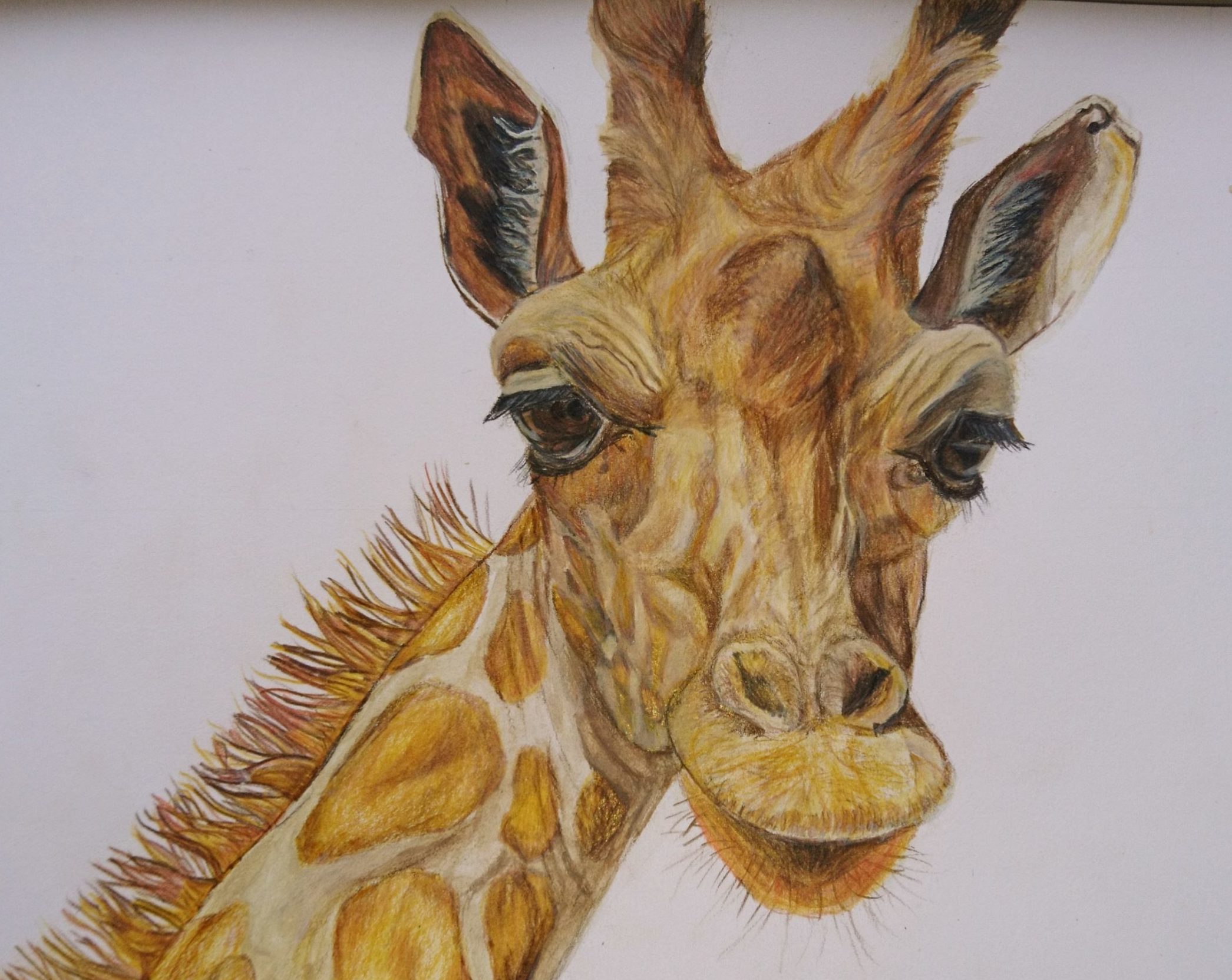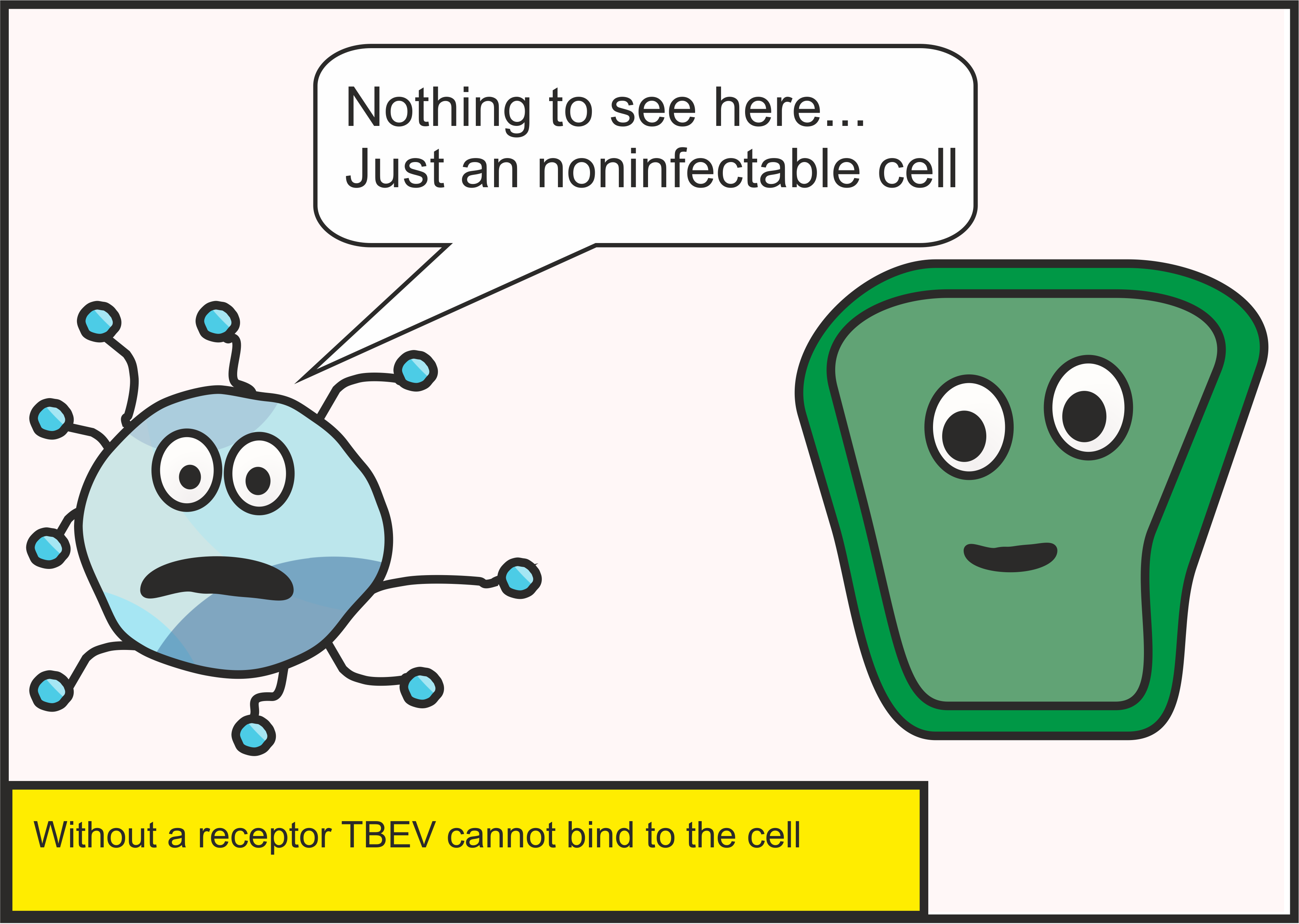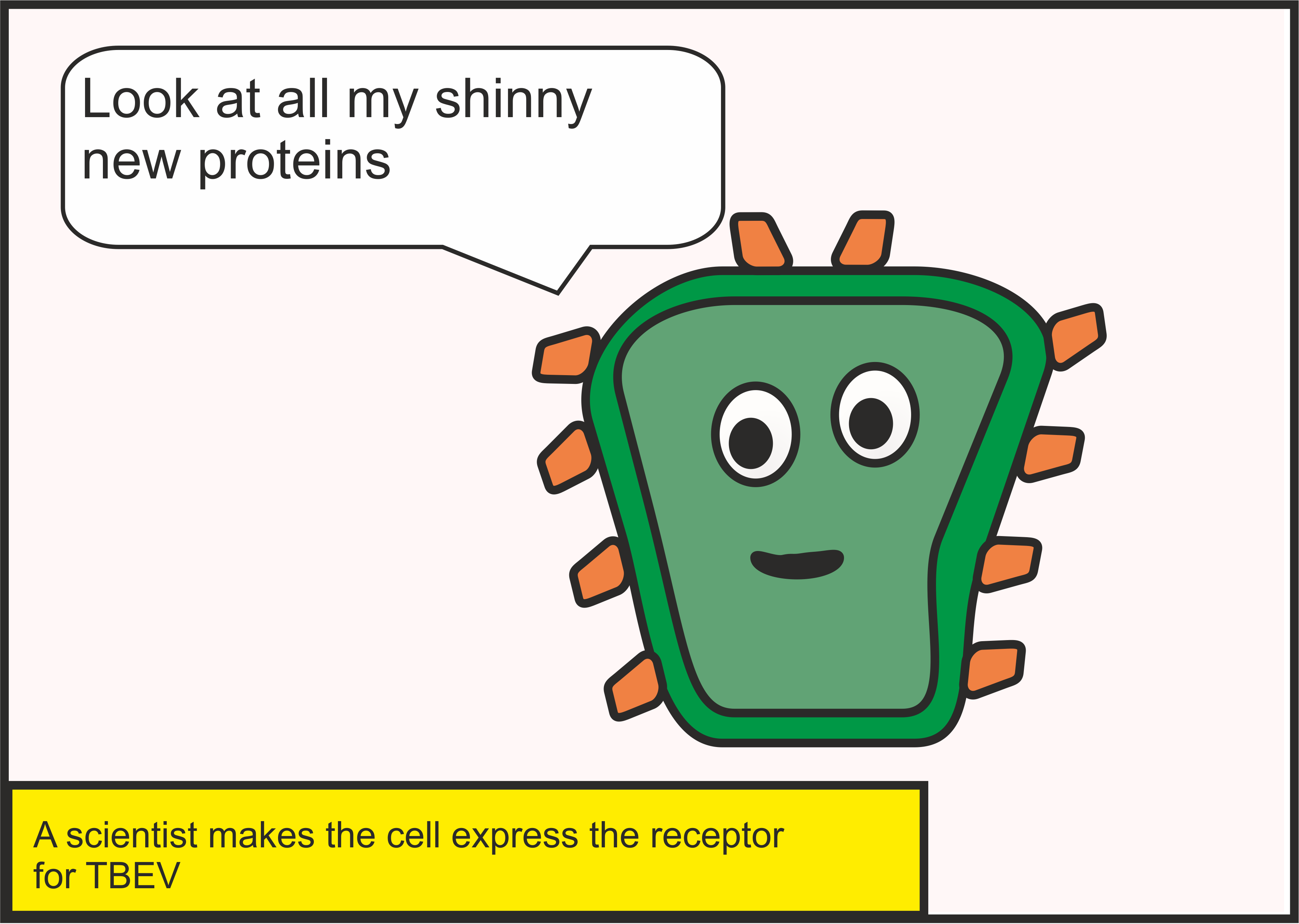Read this blog in:

Looking for viral receptors in Helsinki
Hello all !
My name is Sarah Barrass, and this is an introduction to the next chapter of my life – Life as a PhD Student.
I am a 22 year old Brit, from the small seaside town of Whitley Bay, in the North East of England. When at home I spend my time strolling along the sea front and eating fish and chips . I also enjoy, rock climbing, drawing, figure skating, and socializing with my friends and family.

Drawing- “George the Giraffe”

St. Mary’s Lighthouse, Whitley Bay

Graduation at the University of York
From a young age I have had a healthy curiosity, always wanting to learn more about the world around me. As I grew older this developed into a passion for science, in particular biology and chemistry. This prompted my decision to study an Integrated Masters in Chemistry, at the University of York.
Fun Fact…The University of York has the greatest “duck density” of any university, with 14 duck inhabitants for every quarter of an acre of campus (there is also a slightly terrifying population of geese).
During my time at university I discovered the field of structural biology… the field that I would pursue within my PhD. My masters thesis gave me the first taste of research within the field. My research was focused on solving the structure of a enzyme known as a racemase. In simplistic terms, a racemase converts a compound into it’s mirror image… Imagine a machine which could convert left hands into right hands and vice versa. You can read more about my masters research here. Coming from a chemistry background this project was a huge learning curve, particularly within the lab. However, I am a firm believer that the bigger the challenge, the bigger the reward. Therefore, I decided to pursue a career within structural biology. This lead me to apply to ViBrANT, an innovative training network for early stage researchers (PhD students), funded by the European Union.
ViBrANT ITN
The viral and Bacterial Adhesin Network Training, International Training Network, more commonly known as the ViBrANT ITN, is made up of 15 PhD students working across Europe. I am located at the University of Helsinki, in Finland. The aim of the project is to understand how infectious agents (Bacteria and Viruses) adhere to human cells. This is the first and decisive step in all infection processes. Understanding this phenomenon will arm us with new information, aiding in the design of new diagnostics, antivirals and antibiotics.
My project
My research is focused on Tick-borne encephalitis virus (TBEV), a human viral infection which affects the central nervous system. Tick-borne encephalitis is a life threatening illness, which can cause permanent neurological damage. The disease causes severe neurological symptoms including meningitis (inflammation of the membrane that surrounds the brain and spinal cord) and/or encephalitis (inflammation of the brain). My project aims to characterise how Tick-borne encephalitis virus gains entry into human cells. This will be achieved through the identification of viral receptors.
What are viral receptors ?
Virus receptors are proteins on the surface of host cells (the cells the virus is trying to infect). These interact with proteins on the surface of the virus, allowing the virus to gain entry into the cell.










